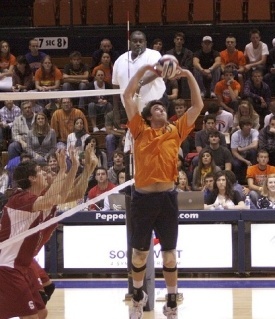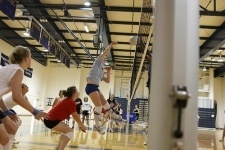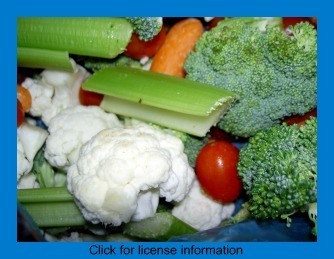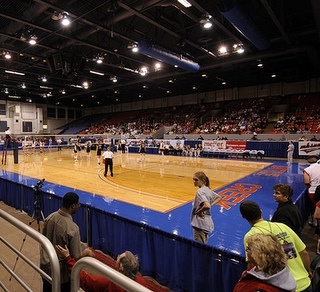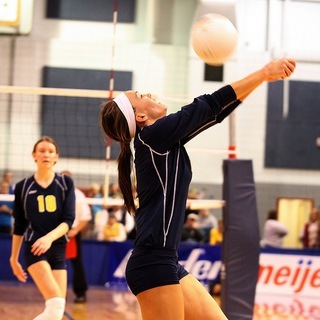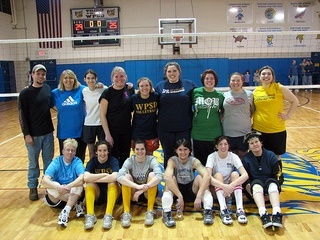These volleyball workouts on this page have several goals. The first one is to see what your fitness level is as far as volleyball strength and conditioning. The other goal is to set a baseline so that you can track your progress during your conditioning and training.
I recommend doing each of these exercises every two weeks to see how you are improving and progressing as an athlete. In order to effectively track your results, I have created a spreadsheet that you can use to record your volleyball workouts progression.
The important thing here is that this is not about how many you can do. What is more important is that your abilities increase over time. So, here we go with the volleyball workouts!
Upper Body
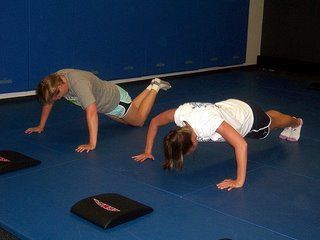
Max Push-ups
The purpose of doing this is that many of the muscles needed for push-ups are the same muscles used by hitters in volleyball. We are looking to develop strong shoulders, arms, and core muscles with this.
Get in proper push-up form: Hands and feet on the floor. Feet should be together and arms should be apart about shoulder width. Your back should be flat from your feet to your head (plank position) and should remain like this the whole time to engage your core muscles (stomach muscles). Do as many push-ups as possible and record it.
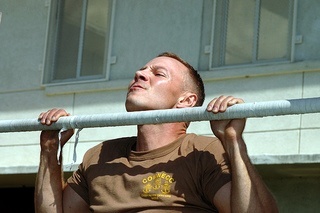 Max Pull-ups
Max Pull-ups
For volleyball players, it is important to work your shoulders in several motions. The pull-up is to help you strengthen your rotator cuffs and prevent injuries when hitting the ball.
Get in pull-up position by hanging from a bar with the palms of the hands facing away from the person (overhand grip). Your hands should be slightly wider than your shoulders. You are supposed to pull your body up so that your chin becomes above the bar. Each time the chin comes above the bar, count one repetition. Do as many as possible.
Core Exercises
Suicide Jumps
You are gonna love this part of the volleyball workouts! Rather than try to explain this in detail, I thought I would give you a video of this exercise to see how it works:
The important things are to remember to come to a full plank position when going down, jump as high as possible when coming up, and that down and up counts as one repetition. Do this for one minute and count how many you get.
These core muscles help you in every facet of volleyball from passing, hitting, blocking, and setting. A stronger core means a stronger player.
Low Plank Obliques
I also have a hard time describing this to someone that has not seen it done before. Here is another video to show you what to do:
The key thing here is to remember to keep your butt as low as possible. Keep the form good and track each of your repetitions. Again, we are focusing on developing your core muscles here.
Lower Body
Vertical Jump
There aren’t a whole lot of ways to measure a volleyball player’s vertical strength, but this is one of the most common. The point here is to be able to increase how high you jump over time.
Stand with your arm above your head and take a measurement from the tip of your finger to the ground. This is your reach measurement. Then, jump against a wall and make a mark (or put some chalk on your fingers) and see how high you can get the mark on the wall. Then, measure from the ground to the mark and subtract your reach measurement. This will tell you how many inches your vertical jump is.
If you want some great exercises to increase your vertical jump, go to this part of my website where you can get help with that.

